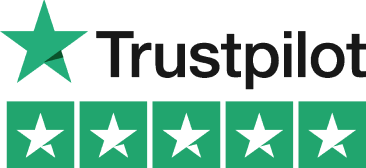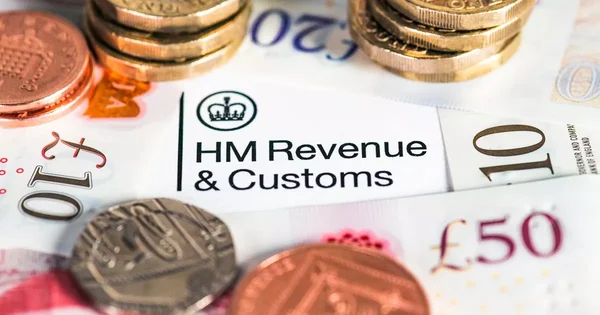His Majesty’s Revenue and Customs (HMRC) has released fresh estimates on the impact of Making Tax Digital (MTD) for Income Tax, and the numbers are significant. Of the 7,020,000 individuals with income from self-employment or property captured under Income Tax Self-Assessment (ITSA) for 2023/24, around 2,916,000 or 42% will be required to comply with MTD.
This means millions will need to shift to using digital software for record-keeping, quarterly submissions, and annual filings. The Institute of Chartered Accountants in England and Wales (ICAEW) Tax Faculty has reviewed HMRC’s figures, highlighting the scale of the challenge for taxpayers, advisers, and HMRC itself. With compliance deadlines just around the corner, the pressure is mounting for those affected especially self-employed workers and landlords who haven’t yet embraced digital tools.
The Numbers Behind the Change
HMRC’s updated forecast breaks down exactly who will be drawn into the digital system.
- 42% of taxpayers in ITSA: That’s 2,916,000 individuals.
- 30% (864,000) are expected to comply from April 2026.
- 37% (1,077,000) will join in April 2027.
- 33% (975,000) will fall in line by April 2028.
This marks an increase from HMRC’s earlier estimate of 2.7 million affected taxpayers.
Who Falls Within Scope?
The scope of MTD for Income Tax applies to those with combined gross income from self-employment and/or property exceeding £20,000. Here’s how it breaks down:
- 2,353,000 (81%) are self-employed individuals.
- Of these, 313,000 also earn property income.
- 563,000 are landlords without self-employment income.
Interestingly, landlords are expected to move more slowly into compliance. Almost half of them (47%, or 263,000) won’t need to comply until April 2028.
Compliance Timeline: Key Dates to Remember
HMRC is phasing in the MTD requirements over three years:
- April 2026: Those with gross income above £50,000 (based on 2024/25).
- April 2027: Those earning more than £30,000 (based on 2025/26).
- April 2028: Those exceeding £20,000 (based on 2026/27).
This staggered approach is designed to give individuals time to prepare, but for some, that deadline is now less than eight months away.

Agents, Representation and Digital Gaps
The majority of in-scope taxpayers around 65% (1,900,000) are represented by an agent. But there’s a notable challenge: nearly 527,000 of these did not file their 2023/24 return using software.
For the 35% (1,018,000) without representation, the hurdles are even higher. Most (83%, or 840,000) don’t currently use software at all, relying instead on manual methods or paper records. For 217,000 of them, compliance will be mandatory from April 2026.
Wider Context: The Transition Year
The 2023/24 tax year is a transitional one, as HMRC moves from basis periods to a tax-year basis. For some, this has temporarily boosted their trade income, potentially tipping them into the MTD net earlier than expected.
It’s important to note that while MTD introduces new obligations for some, the majority roughly 9.1 million taxpayers (76%) will not be required to adopt digital filing. This includes over 4.1 million people with self-employment and/or property income who remain outside the threshold.
Challenges for Taxpayers and HMRC
For taxpayers, the change means new processes, potential costs for software, and the challenge of adjusting long-standing habits. For HMRC, the difficulty lies in communicating the new rules clearly and ensuring people have the right support. MTD represents not just a technological shift, but also a cultural one persuading individuals who’ve always relied on spreadsheets or even paper to move into a digital-first world.
The stakes are particularly high for those who are unrepresented and unfamiliar with accounting tools. For them, the transition risks feeling overwhelming, and without clear guidance they may struggle to meet their new obligations. Agents too face a heavier burden: not only must they prepare their clients, but they also need to adapt their own systems to cope with more frequent digital reporting.

Looking Ahead: The Bigger Picture
While the immediate focus is on compliance, HMRC has positioned MTD as part of a longer-term effort to modernise the tax system. By digitising processes, HMRC hopes to reduce errors, cut down on non-compliance, and make it easier for people to manage their tax obligations in real time. In theory, this could bring benefits such as fewer mistakes, faster resolutions, and a clearer understanding of liabilities.
However, success will depend on the accessibility of the software market and the support provided to taxpayers. If digital tools remain too complex or costly, or if awareness campaigns fail to reach those most in need, the benefits may be unevenly distributed. For now, the rollout represents one of the most significant shifts in UK tax administration in recent decades and millions of taxpayers are about to be caught up in it.
Conclusion
HMRC’s latest figures underline the scale of the transition ahead. With nearly 3 million taxpayers required to adopt digital software by 2028, the change represents both an opportunity and a challenge. For tech-savvy taxpayers already using accounting platforms, the shift may be seamless. But for the 1 million without representation and the hundreds of thousands still reliant on spreadsheets or paper the transition could prove daunting.
HMRC’s staggered deadlines are designed to ease the burden, but the urgency remains clear, especially for those first required to comply in April 2026. As ICAEW points out, the challenge now lies in effective communication, support, and ensuring no taxpayer is left behind.
For individuals, it’s vital to start preparing early: understand whether you’re within scope, explore software options, and, if necessary, seek support from an adviser. For agents, it’s about guiding clients through the change. And for HMRC, it’s about bridging the digital divide to make MTD a success.











